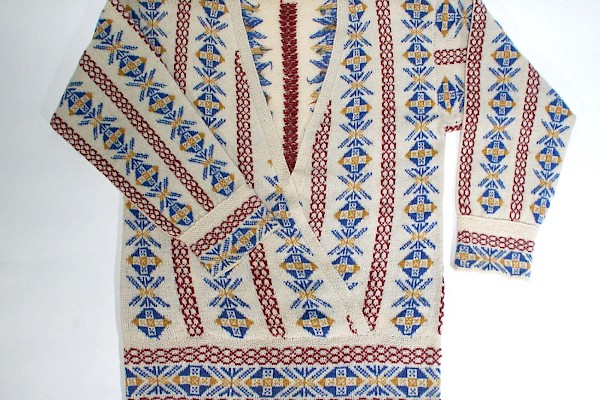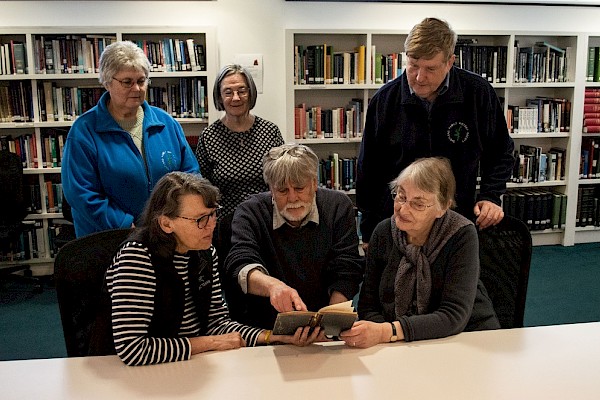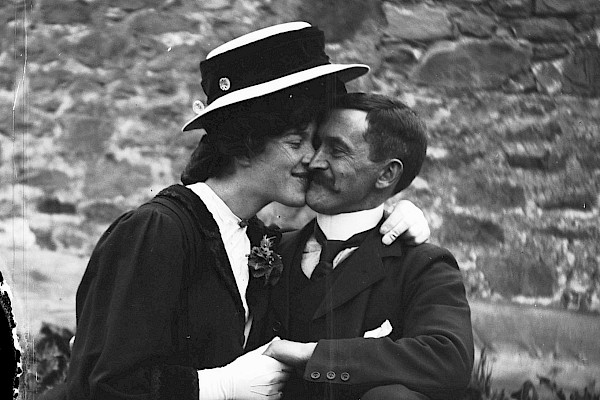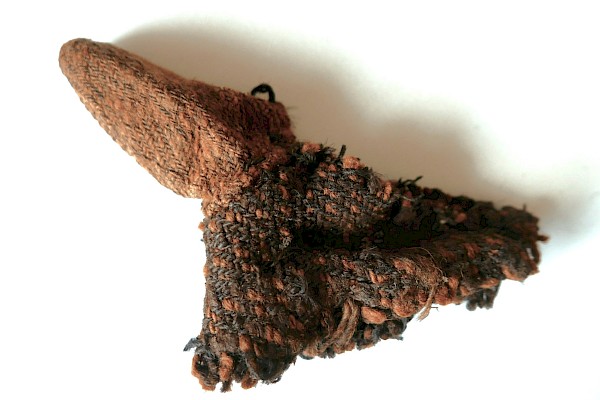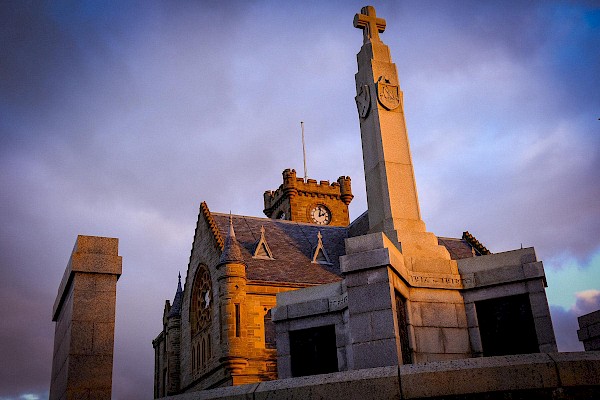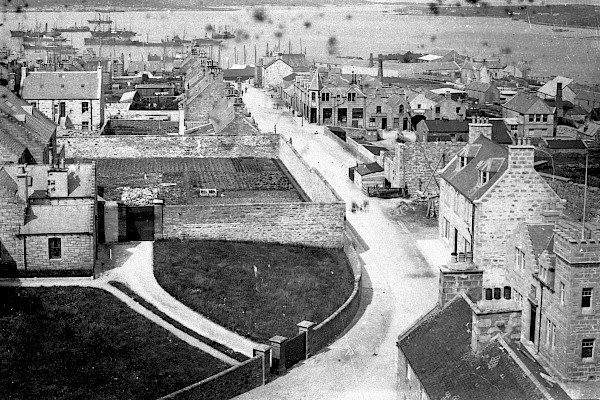The Bohemian Girl
In 1843 White’s, a firm of Quaker shipbuilders, launched a schooner, 125 tons, 104ft x 22.5ft x 12ft, the Bohemian Girl. The name may come from an opera by Michael William Balfe, also 1843. Ogilby and Co. were the first owners. The Bohemian Girl had a long life, and finally came to Shetland. The Register of Shipping (CE85/11/2, and 4) in the Archives, shows Peter Garriock and others as the owners.
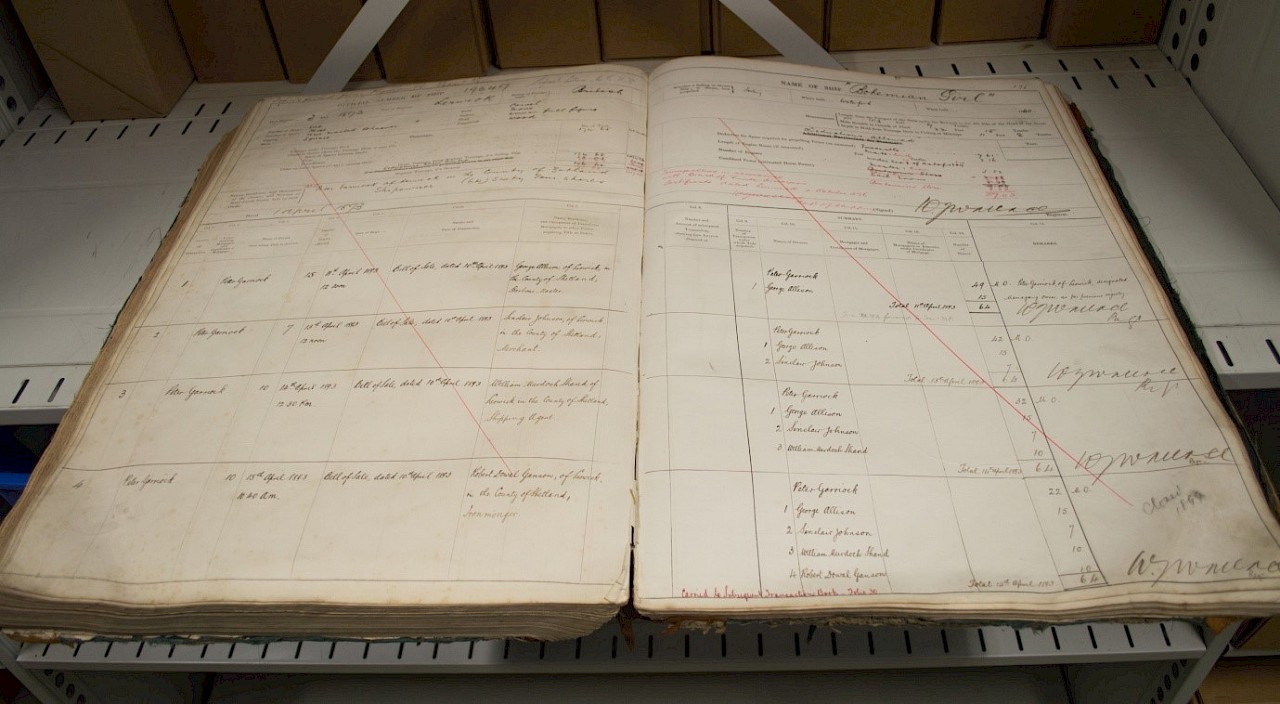
The Bohemian Girl sailed around Europe. The Liverpool Mail in 1844 shows her bound for Kronstadt, near St Petersburg. In 1845 The Public Register and Daily Advertiser has her in the Mediterranean. There were further owners after Ogilby, and adventures. She lost bowsprit in a collision with the Eliza Caroline at Liverpool in October 1849. She was ashore and full of water on Carlingford Bar, Ireland, in December 1853, but was retrieved and repaired at Warrenpoint.
In February 1860, with Captain Roach, bound for Hull with cargo of oil from Italy, she collided with an unknown vessel. The Cornish Telegraph, 7 March 1980, reported that she would have sunk but for the buoyant cargo. The crew were taken off by the Adonis of Hamburg and transferred after a few days to a trawler bound for Hexham. All crew saved, close to a miracle. The end of the Bohemian Girl? By no means. Another Adonis found the drifting hulk and towed it to Corunna. The Bohemian Girl lived again, salvaged and sold to Fox, Sons, & Co, Plymouth.
It continued to be a useful little boat, and Peter Garriock bought her for the coasting trade in 1893, Captain James Tait (1852-1920). Perhaps problems began to emerge after that. The Shetland Times of 21 March 1896 reported her in Montrose with pump problems, and leaking. She got home to Hay’s Dock, and Shetland Times 24 October 1896 noted her floated out after “extensive repairs.” Extensive enough to alter some details in the Shipping Register. The Shetland Times of 1 January 1898, though, had her putting in at Mull, again leaking.
In 1899, the Bohemian Girl, then 56 years old and owned by Peter Garriock, George Allison, Sinclair Johnson, William Murdoch Shand, Robert Dowal Ganson, Charles Brown Stout, John Leisk and Alexander Sandison, got a new captain, Robert Gray. The Shetland Times, 9 August 1899, reported her sailing for Nairn with a cargo of peats. She didn’t make it back home.
On 11 November 1899 the Shetland Time reported that she had loaded coal for Wick and Sunderland, and that she must have been overtaken by the southerly and south-westerly gales of the past ten or twelve days. On 9 November a telegram had come from Whalsay, a body ashore identifiable only by watch. A ship’s boat that looked like the one from the Bohemian Girl had been spotted driving by. Capt. W.B. Gray of the St Giles was able to identify to body as that of his brother, Robert. A crewman, Robert S. Smith, washed ashore later. Another that wore no clothes of Shetland make came ashore also, one of two crew taken on in Sunderland.
A fatal accident enquiry, reported in the Shetland Times, 24 March 1900 established that the ship’s crew, Robert Gray, Scalloway, Robert Somerville Smith, Inner Sand, James Mouat, Bixter, Laurence Smith Junior, Bressay, William Jobson, Middlesbrough, and G. Knauth, believed to be a German, had died by drowning. William Jobson had been the non-Shetland sailor found.
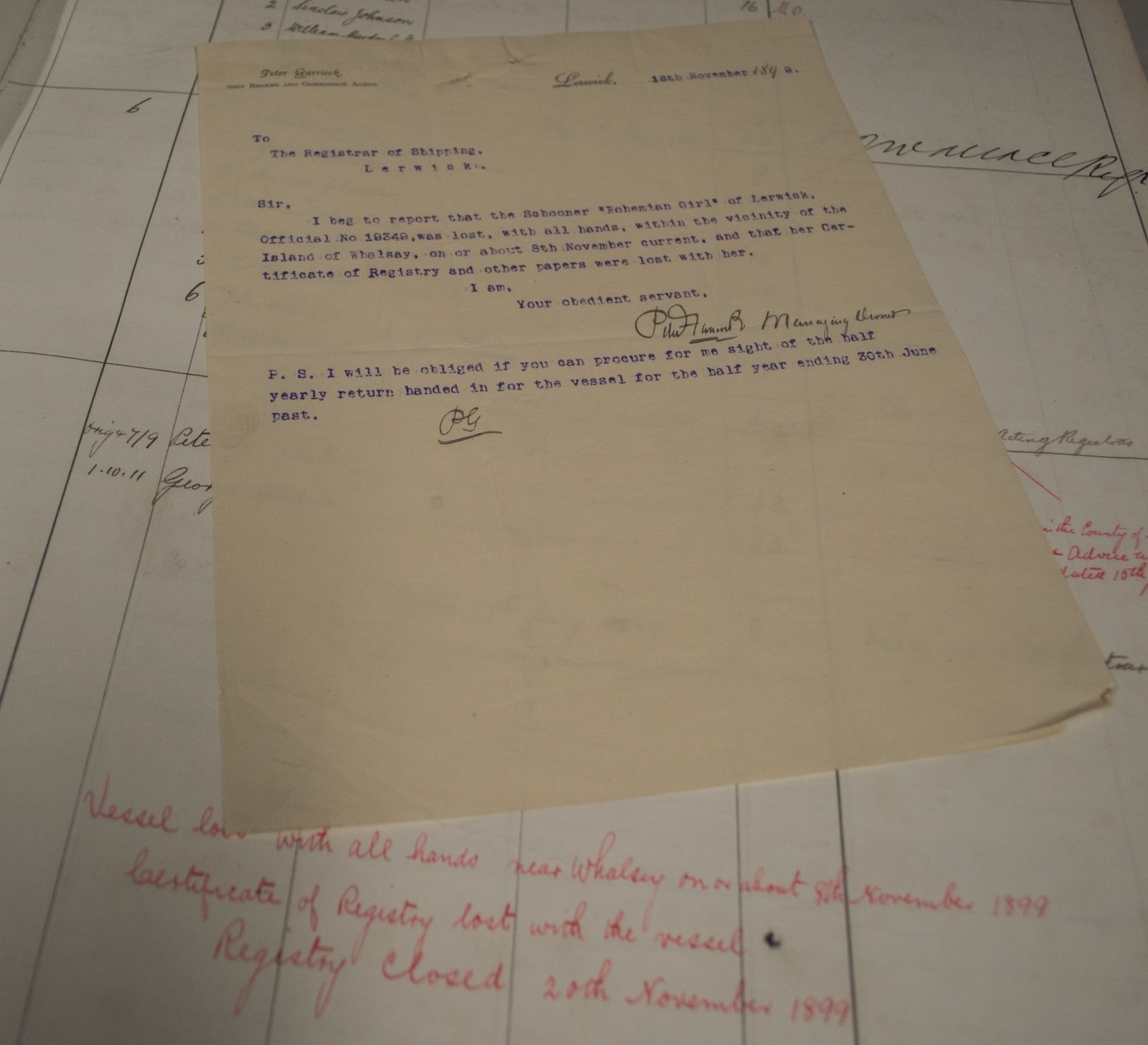
This might be where the story ends, but not quite. We’re lucky to hold a copy of the Sheriff Court process that followed -- SC12/6/1900/11. Robert Gray, eldest son of the lost captain, sued the owners, as represented by Peter Garriock, commission agent, and George Allison, harbour master, for his late father’s wages. £28.10s to be precise. The owners counter-claimed that the situation was more complex that simply owed wages. Actually, they said, they were owed 6s. 11d! Of course, all the papers and accounts relating to Captain Gray’s dealing with freight and other matters had been lost with the boat.
The Shetland Times, 15 December 1900, more than a year after the loss, reported the Sheriff’s decision and remarks in favour of the Gray family. But it is impossible to assume, and it is impossible for the owners to prove, that the account they have lodged is a correct one or anything better than a surmise. The owners appealed. The Shetland Times, 3 August 1901, reported more than two years after the Bohemian Girl set off on her final voyage, that sum sued for was reduced to £22.16s!
The Gray family faced hard times. In fact, most of them emigrated to North America. One, Walter J. Gray, went to Canada and became well-off. Coming back to Shetland he established the Walter and Joan Gray Home in Scalloway. The BBC recorded Walter in 1967 (Tom Anderson Collection TA124B). He left Shetland in 1904 and trained in the new discipline of wireless. When the Titanic sank he was working for the Marconi company at Cape Race, Newfoundland. He knew the Titanic radio operator, Jack Phillips, down to his signature Morse style. He was there when the signals from Phillips came in.
If you listen to the recording, and know what was in Walter J. Gray’s background, you can’t help but wonder if the final struggles of Bohemian Girl didn’t come to his mind sometime during the last travails of the Titanic.
Note. I must acknowledge the help of "maritiem" on shipsnostalgia.com, and of Donal Moore, of Waterford City Archives.
